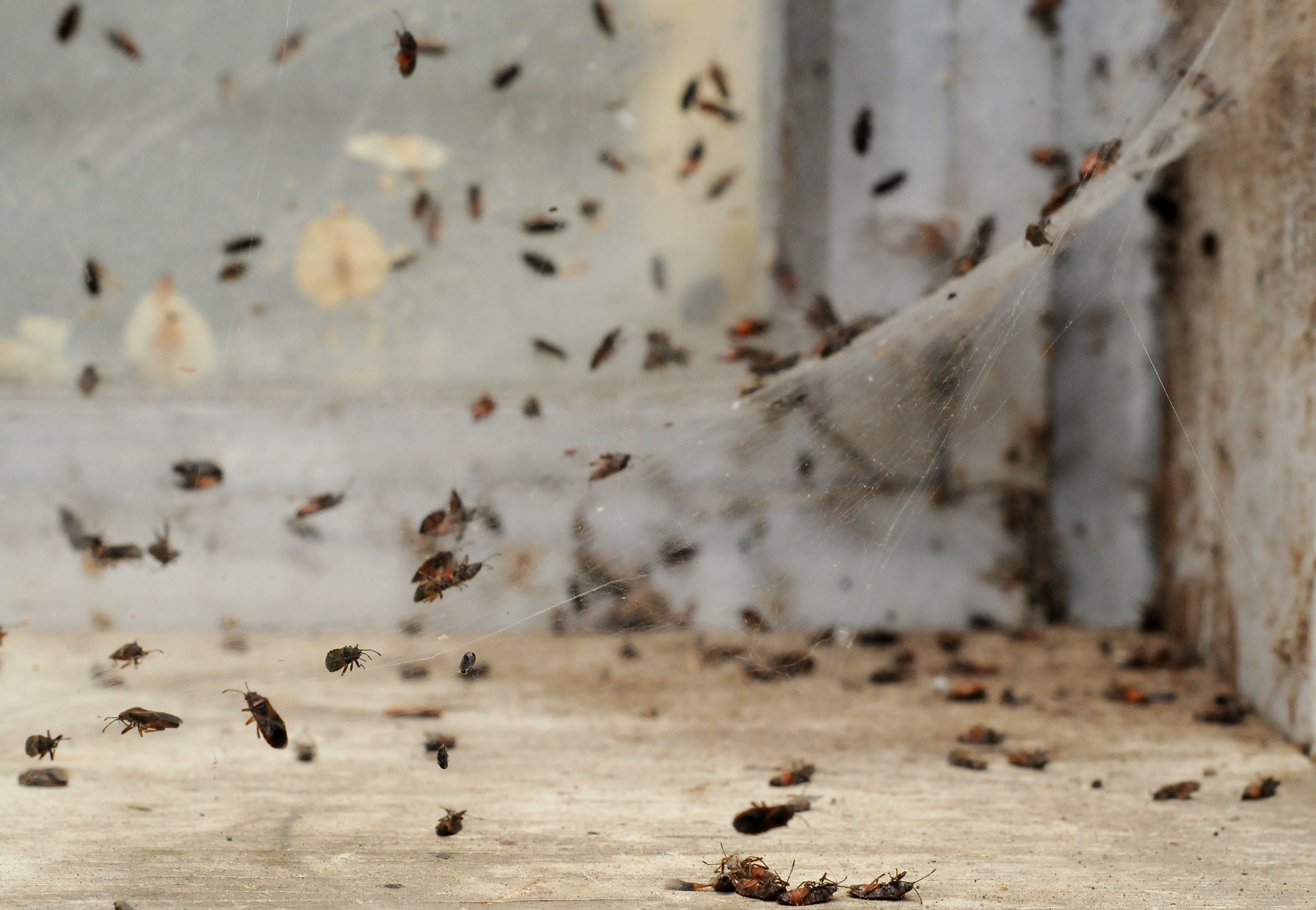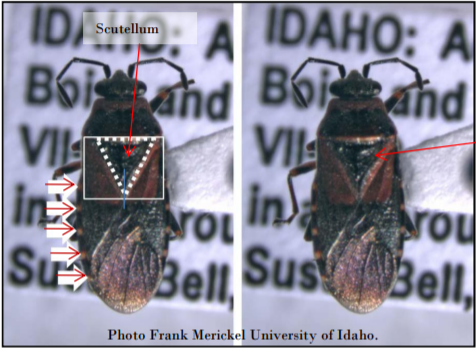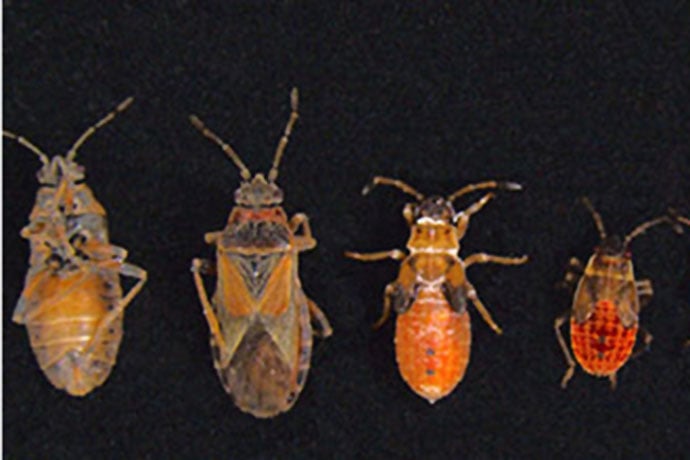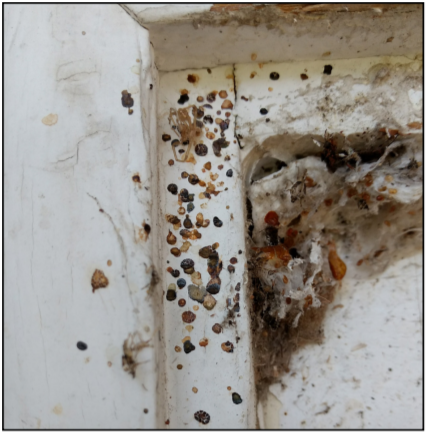Welcome to Your New Nightmare
Help! There are little black bugs taking over my home! They’re small, they’re coming in by the HUNDREDS, and they’re EVERYWHERE!!!

Sound familiar? If this sounds like your latest real-life nightmare, chances are the Elm Seed Bug has taken up residence in your home. They’ve recently invaded the Okanagan, and they’re coming by the THOUSANDS. In Kelowna, we have the ‘pleasure’ of being the very first city in Canada to have a confirmed Elm Seed Bug sighting; and if their early presence this year is any indication, we are in for a very buggy summer.
Originally from Europe, the Elm Seed Bug first popped up in North America in 2012 in Idaho. They have since spread across the Pacific Northwest and were first sited in Canada (here in Kelowna) in 2016. Populations have increased each year since then, and populations will likely continue to spread throughout North America, wherever Elm Trees grow. Adult Elm Seed Bugs are about 1/3 inch long and appear to be black or dark brown. When inspected up close, they have a rusty, red colored back to them and a distinct triangular marking on their backs.


Elm Seed Bugs are most noticeable in the spring time as they leave their overwintering sites and emerge inside buildings – trying to escape to outside to lay their eggs. During the hottest months of the summer, ESBs will attempt to enter homes and structures to get away from the heat; and once autumn arrives, they will once again enter buildings to seek out places to overwinter.
If you’re looking for a silver lining here, ESBs are not considered to be agricultural pests as they do not actually harm trees; and do not present a threat to human health. ESBs have been deemed a nuisance pest, although nuisance may be a bit of an understatement when you consider the sheer number of bugs that can congregate in one area. These tiny pests also emit an unpleasant, pungent odor when crushed, and leave unsightly fecal droppings on windows, doors, and other structures.

So, what are you supposed to do about this nightmare? Don’t worry, you don’t have to live with a cloud of black bugs consuming your home!
On the DIY side of things, pest-proofing your home is a great place to start! A solid defense strategy is always helpful. Some helpful tips for pest-proofing your home include: 1. update weather stripping on all doors; 2. caulk around windows; and 3. repair broken screens. In other words, seal up every crack and crevasse you can find! Gaps of 1/16 inch or more will allow ESBs to easily enter your home. As for the yard, you’ll want to tackle any surrounding Elm Trees by whatever means possible. This is a definitely ‘where there’s smoke, there’s fire' situation; where there is Elm Trees, there will inevitably be Elm Seed Bugs. So, consider having the tree itself treated for bugs, if it happens to be on your property, as tackling this issue at the source would be beneficial. Other useful tips include raking and destroying elm seeds that fall from trees during the late spring and early summer, removing Elm Tree saplings where practical, and pruning elm trees to reduce ESB food sources.
If you’ve done all this and you’re still living in and Elm Seed Bug nightmare, then it’s time to call in the professionals (that’s us!). A preventative treatment is recommended for mid-spring; and in most cases a few follow-up treatments spread out throughout peak pest season (May- September), is the best plan of attack to keep these pests at bay.
For more information on our brand-new PLATINUM PEST PROTECTION packages, check out our blog post here.


